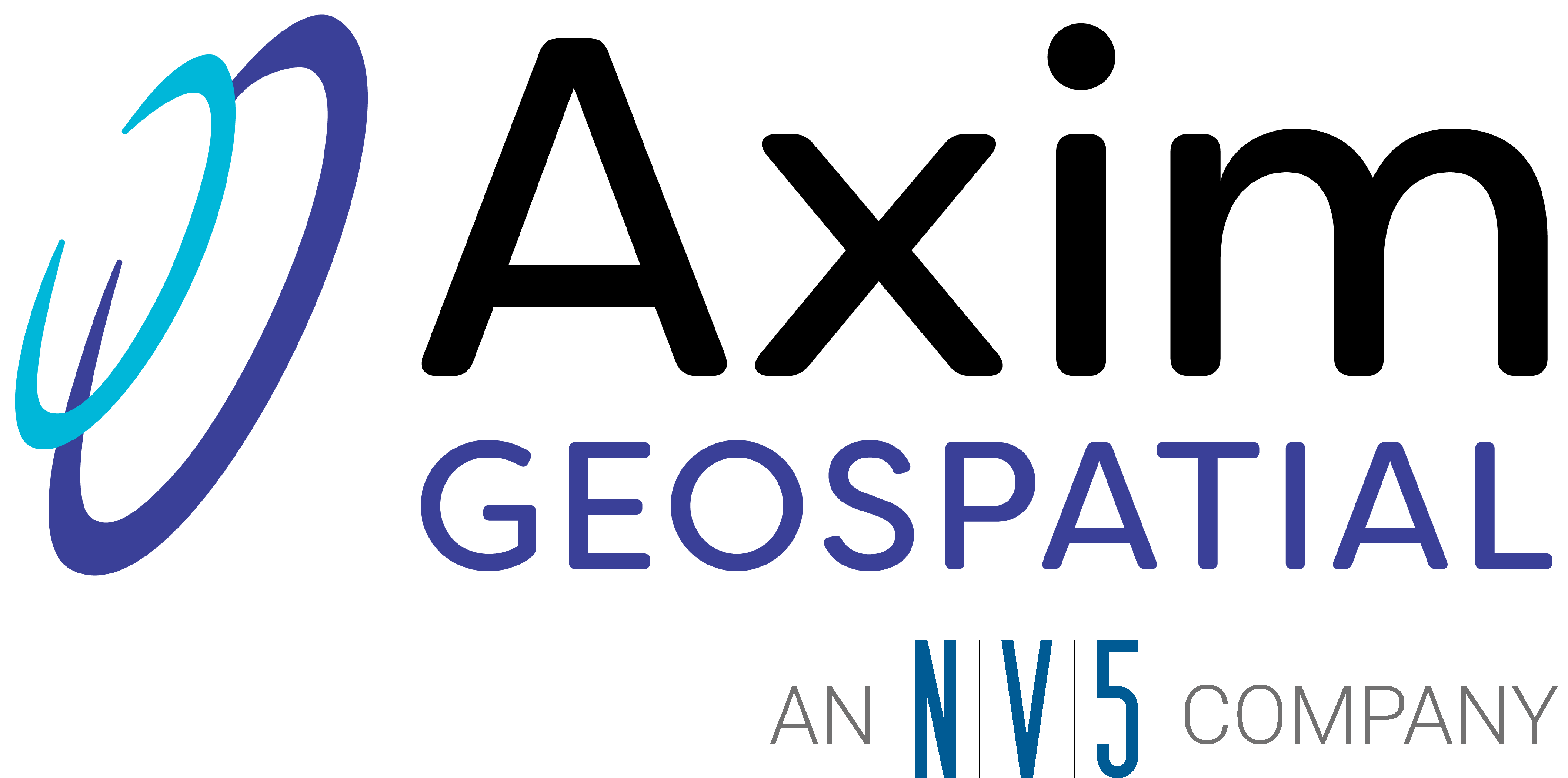This article may reference legacy company names: Continental Mapping, GISinc, or TSG Solutions. These three companies merged in January 2021 to form a new geospatial leader [Axim Geospatial].
 As you drive across the country, the scenery is ever changing – geography, architecture, nature, and culture. Hidden in plain sight, however, there are many things that do not change: the dashed white line in the center of the highway, the size and shape of interstate signs, and the colors on traffic signals. Almost unnoticed in the periphery are nearly countless signs containing valuable information. An Axim Geospatial project yielded asset inventory information on over 32,000 signs throughout the Pennsylvania Turnpike, equating to over 20 signs per mile.
As you drive across the country, the scenery is ever changing – geography, architecture, nature, and culture. Hidden in plain sight, however, there are many things that do not change: the dashed white line in the center of the highway, the size and shape of interstate signs, and the colors on traffic signals. Almost unnoticed in the periphery are nearly countless signs containing valuable information. An Axim Geospatial project yielded asset inventory information on over 32,000 signs throughout the Pennsylvania Turnpike, equating to over 20 signs per mile.
Drivers – and increasingly connected and autonomous vehicles (CAVs) – rely on standardized sign and roadway design everywhere from the Pennsylvania Turnpike to the Pacific Coast Highway. The benchmark of these extensive standards is the Manual on Uniform Traffic Control Devices, or MUTCD. Standardization allows drivers to focus on operating the vehicle instead of decoding travel and safety information. Just as with human drivers, when CAVs know what asset shapes, colors and sizes represent along the roadway, they can focus more on the dynamic aspects of driving.
Managing the installation and maintenance of this infrastructure are DOTs, engineers, and asset managers. They already provide a great service to motorists, but in order to stay ahead of the CAV curve, have to overcome some pivotal issues.
Here are 5 key challenges of traffic control standardization to help develop autonomous-ready roadways:
Out of Date
Of the vast number of signs in active use, many exist outside of current specifications. Aged signs, outdated MUTCD codes, and incomplete or dated inventories contribute to gaps in consistency. Maintaining a modern asset management system with up-to-date asset inventory is fundamental to knowing asset types, locations, and condition, as well as managing life cycles and maintenance. This creates efficiencies for management, but also provides a system of up-to-date and complete information for drivers and autonomous vehicles.
Broken or Missing Signs
Just as a driver needs to know their highway exit is approaching, CAVs use signage for localization and control. A missing or broken sign fails to provide necessary information and can be confusing and possibly unsafe. Dynamically updated inventory can let asset managers know when a sign is missing or in need of repair, reducing gaps in consistency. Unknown signs, (i.e. that can’t be identified), can be fed back to the asset manager in the same way.
Limited Scope
MUTCD specifications haven’t been updated since 2009. Though the current edition contains 862 pages of reference material, the real-world introduction of autonomous vehicles has motivated the Federal Highway Administration to update these standards. The updated specifications will guide autonomous vehicle development and operations, and benefits those entities with a firm grasp of their assets to more easily implement and manage CAVs on their roadways. Given the lengthy process to craft, vet, and approve a change of this scope, it will be many years before the new standards are in place.
Disconnected
Providing an open standard is critical for CAV developers to understand and implement specifications. Doing so allows for faster development, safer systems, and a transportation network that is more ready to accept CAVs. All entities that manage roads accessible to the public, including private developers and owners, should be aware of and use a single standard to the maximum extent possible. For example, the use of an octagonal sign for anything other than a stop sign could lead to an error in operation by the CAV system, compromising the safety of the driver and others around them. Local or unique sign types or applications can hinder the ability of the signs to be interpreted in a standardized fashion. Their presence creates the risk of a locality being left behind in the development of connected and autonomous vehicles.
Work Zone Signage
Work zones are equally as important of a consideration for autonomous-ready roadways. Safety is the number one priority in a work zone for workers and motorists alike. In order to keep everyone safe, the standards set forth in the MUTCD for work zone need to be applied rigorously and equally. Ensuring temporary barriers, proper signage, lane markings, and other traffic devices in place will best inform drivers and CAVs how to operate safely in work zones.
Creating and maintaining safe roadway networks is a goal of all DOTs, engineers, and asset managers. By recognizing the needs of connected and autonomous vehicles, their forward-thinking efforts will establish a roadway environment that meets safety goals while also positioning them as a leader to welcome – and guide – autonomous vehicles across the nation.
Get Started
We hope this article has provided some value to you! If you ever need additional help, don't hesitate to reach out to our team. Contact us today!





